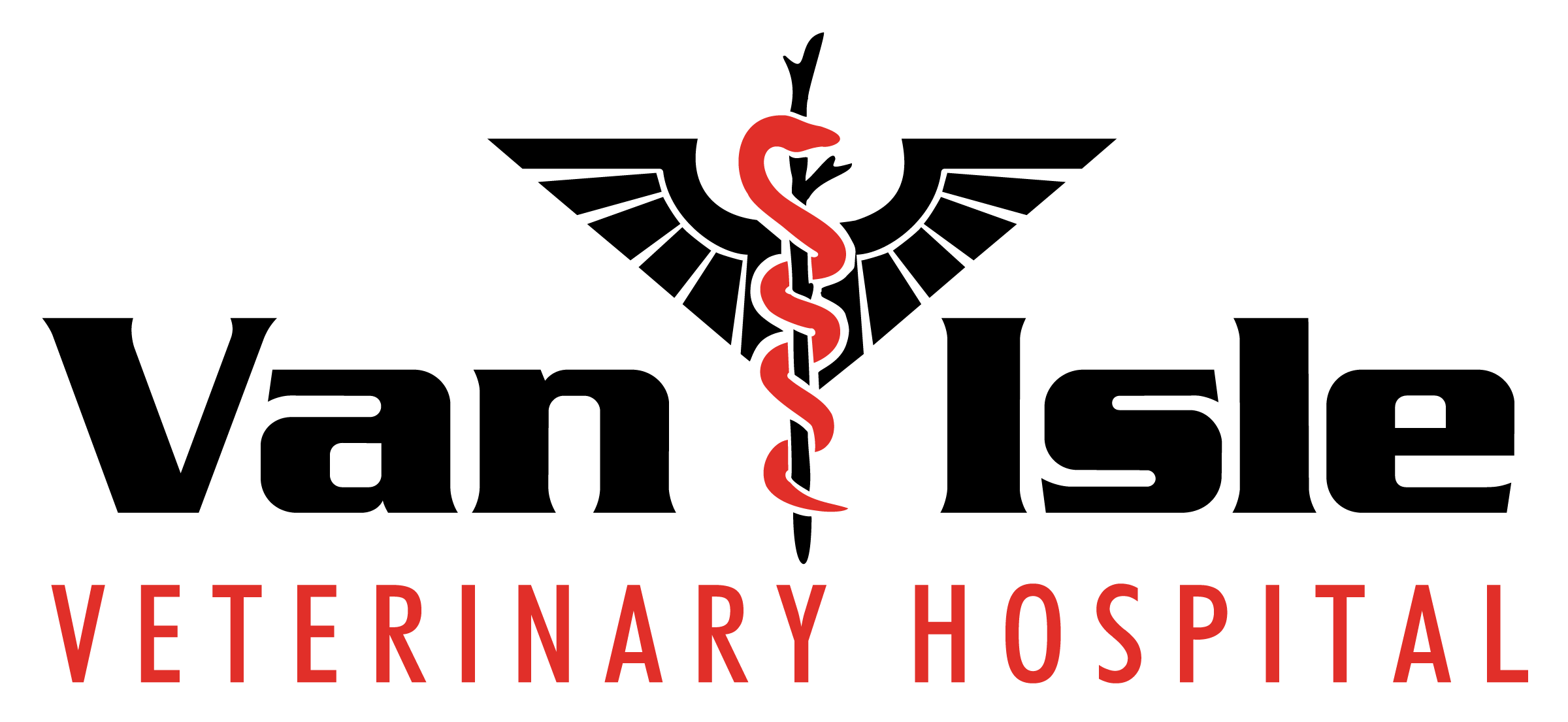More and more, pets are becoming a fundamental member of the family and where you go….they go! Whether you’re moving overseas or going on an extended vacation south of the border, there can be several requirements your pet needs in order for entry to be granted. Arizona and Mexico are both very popular destinations if you are seeking out the warmer weather. There are countless places to go and countless ways to spend your vacation, but before you make plans to take your pet, there are some guidelines you need to know for a stress fee, easy border crossing.
Each year at Van Isle Veterinary Hospital, we receive several phone calls from panicked owners looking for information on travelling with their pets. It is important to research the policies of the Country you plan to visit and make sure to give yourself plenty of time to complete all the necessary steps. Most Countries require an updated rabies vaccine at least 1 month prior to travel and this is usually a minimal requirement. Your rabies certificate must include the serial number and expiry date of the vaccine used as well as your veterinarian’s signature and license number. Although it may not mandatory, it is also recommended to update your pet’s regular vaccines such as Distemper and Parvovirus.
Along with a certificate of rabies vaccination, a health certificate is also required for entry to both the United States and Mexico and must be signed within 10 days of travel. The health certificate must include your veterinarian’s name, address, contact number, license number and signature. All documentation from your veterinarian must be filled out using blue ink and should be in block letters. If Mexico is your final destination, don’t forget your pet is required to have an external and internal parasite treatment performed by your veterinarian. This should be included on your pet’s health certificate.
Some of these sunnier destinations are also prone to diseases such as heartworm, Lyme disease, giardia, leptospirosis and other tick-borne diseases. It is definitely recommended to visit with your veterinarian to discuss preventive treatments prior to and during travel for region-specific diseases.
Another important factor to consider when planning your trip is your pet’s diet. There are restrictions on taking pet foods across the border. If you happen to have a pet with special dietary needs you may want to do your research ahead of time to make sure your pet’s regular diet is easily accessible. If you need to take your pet’s food along with you, your best bet is to choose a brand that is made in the USA and make sure the bag is unopened at the time of border crossing.
ID is key! Make sure your pet has a way of finding his or her way back to you if you get separated during your travels. A tattoo is a reliable form of identification if you are travelling within your own province, but it can be especially tricky to trace once you are out of the country. Microchips are read worldwide and are the most efficient form of identification when travelling abroad. When you register your microchip, make sure to include an emergency contact person who knows where you will be travelling and knows how to contact you. Most microchips come with a special tag you can attach to your dog’s collar to alert people your dog has a microchip and includes information on how to contact the microchip company in the event they do not have a scanner.
To review a list of requirements for the country of your destination, visit the Canadian Food Inspection Agency.
Written by Van Isle Veterinary Hopsital




